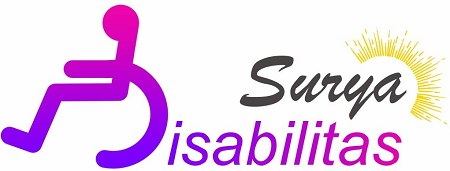Occupational therapy (OT) is a treatment that helps people improve their ability to perform the activities they need and want to do every day. OT can benefit people of all ages and abilities, from children with developmental delays to older adults with chronic conditions.
OT can also help people prevent or cope with injuries, illnesses, or disabilities that affect their daily functioning.
OT practitioners are experts at analyzing how people engage in their occupations, which are the meaningful and purposeful activities that give life value. OT practitioners use a holistic approach that considers the person, the environment, and the occupation.
They collaborate with the client to identify their goals, strengths, challenges, and preferences. They then design interventions that use occupations and activities to address the client's needs and enhance their performance and participation.
Some examples of OT interventions are:
- Teaching a child with dyslexia strategies to improve reading and writing skills
- Adapting a home or workplace for a person with a physical disability
- Providing assistive devices or equipment for a person with low vision
- Educating a person with diabetes on how to manage their condition and prevent complications
- Facilitating leisure and social activities for a person with depression
- Promoting healthy habits and routines for a person with insomnia
OT is based on scientific evidence and professional standards. OT practitioners follow the Occupational Therapy Practice Framework (OTPF-4), which defines the domain and process of OT.
The OTPF-4 categorizes occupations into nine areas: activities of daily living, instrumental activities of daily living, health management, rest and sleep, education, work, play, leisure, and social participation. The OTPF-4 also describes the factors that influence occupational performance, such as context, performance patterns, performance skills, and client factors.
OT is a regulated profession that requires education, training, and certification. OT practitioners must complete an accredited program at the associate, bachelor's, master's, or doctoral level.
They must also pass a national exam and obtain a license or registration in their state or country. OT practitioners must adhere to ethical principles and codes of conduct. They must also engage in continuing education and professional development to maintain their competence and quality of service.
OT is an essential service that can improve the health and well-being of individuals and communities. OT can help people achieve their goals, overcome challenges, and live fulfilling lives. OT can also contribute to social justice and human rights by promoting inclusion, diversity, and accessibility for all.
References:
- American Occupational Therapy Association. (2020). Occupational therapy practice framework: Domain and process (4th ed.). American Journal of Occupational Therapy, 74 (Suppl. 2), 7412410010. https://doi.org/10.5014/ajot.2020.74S2001
- Practice Essentials | AOTA. (n.d.). Retrieved August 3, 2023, from https://www.aota.org/practice/practice-essentials
- Understood Team. (2021). What Is Occupational Therapy? Retrieved August 3, 2023, from https://www.understood.org/en/articles/occupational-therapy-what-you-need-to-know


Post a Comment for "Essential Occupational Therapy"